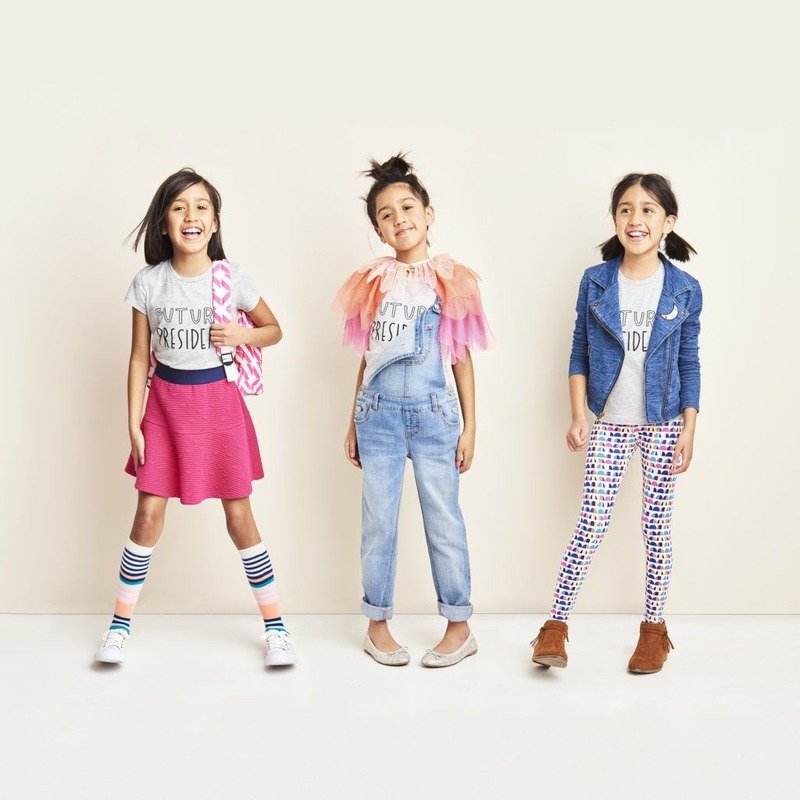Nurturing Growth: Child Development and the Role of Clothing Design

As children grow and develop, every aspect of their environment plays a crucial role in shaping their experiences and supporting their development. Clothing, as a fundamental aspect of daily life, is not just about covering the body; it also plays a significant role in facilitating children’s physical, cognitive, and emotional development. In this article, we’ll explore the intersection of child development and clothing design, shedding light on how thoughtful design choices can positively impact children’s growth and well-being.
Sensory Exploration and Comfort
From the moment they are born, children are constantly exploring their environment through their senses. Clothing that is soft, breathable, and comfortable allows children to move freely and engage in sensory exploration without restriction. Fabrics such as organic cotton, bamboo, and merino wool are gentle on the skin and provide a comfortable tactile experience for children, promoting a sense of well-being and security.
Encouraging Independence and Self-Expression
As children grow older, clothing plays a vital role in fostering independence and self-expression. Design features such as easy-to-fasten closures, elastic waistbands, and adjustable straps empower children to dress themselves and take ownership of their clothing choices. Additionally, clothing designs that incorporate fun colors, patterns, and graphics allow children to express their unique personalities and preferences, boosting their confidence and self-esteem.
Supporting Physical Development and Mobility
Children are naturally active beings, constantly on the move as they explore their surroundings and engage in play. Clothing that is designed with mobility in mind, such as stretchy fabrics, reinforced seams, and ergonomic cuts, allows children to move freely and comfortably without restriction. By supporting physical development and mobility, well-designed clothing encourages children to explore their environment and develop gross motor skills with confidence.
Promoting Cognitive Development and Learning
Clothing design can also play a role in promoting cognitive development and learning in children. Clothing with educational features such as numbers, letters, shapes, and colors can serve as valuable learning tools, helping children develop early literacy and numeracy skills through hands-on exploration. Additionally, clothing that encourages role-playing and imaginative play, such as costumes and dress-up outfits, stimulates creativity and fosters cognitive development in children.
Fostering Emotional Well-Being and Social Interaction
The clothing children wear can have a significant impact on their emotional well-being and social interactions. Comfortable and well-fitting clothing can boost children’s confidence and self-esteem, allowing them to feel secure and at ease in social situations. Additionally, clothing that reflects cultural heritage, family traditions, or personal interests can help children feel a sense of belonging and connection to their identity, fostering a positive sense of self and enhancing social interactions with peers.
Conclusion
In conclusion, clothing design plays a multifaceted role in supporting child development, encompassing physical, cognitive, emotional, and social aspects of growth. Thoughtfully designed clothing that prioritizes comfort, mobility, self-expression, and learning can positively impact children’s development and well-being. As we recognize the importance of clothing design in nurturing growth and supporting children’s unique needs, let us continue to prioritize thoughtful and inclusive design practices that empower children to thrive.